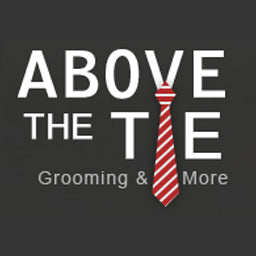With all the discussion about how modern razor makers are providing gaps and at least some are saying "negative/neutral/positive" for exposures (with some people wishing to hear actual exposure numbers), what I would love to know is the blade exposures of classic vintage razors, especially Gillettes.
Pretty sure there is already a table in the Wiki with gaps for these razors, but exposures are nowhere to be found. I wonder if one of our technically minded people could figure out a way to quantify gaps for, say, the various Superspeeds, Fatboy/Slim, Techs, LC and SC New, Old type, New Improved, etc. Personally I would love to have that information. I figure for somebody who is experienced with lots of vintage Gillettes, it might help if they decide to pick up a new razor. In other words, if they know what vintage razor works best for them, and they had gap/exposure information for said razor, they could choose a modern razor that would match their known preferences.
Has anybody made an attempt to quantify the blade exposures of classic vintage Gillette razors? If not, is there anybody who would be able to do it?
Pretty sure there is already a table in the Wiki with gaps for these razors, but exposures are nowhere to be found. I wonder if one of our technically minded people could figure out a way to quantify gaps for, say, the various Superspeeds, Fatboy/Slim, Techs, LC and SC New, Old type, New Improved, etc. Personally I would love to have that information. I figure for somebody who is experienced with lots of vintage Gillettes, it might help if they decide to pick up a new razor. In other words, if they know what vintage razor works best for them, and they had gap/exposure information for said razor, they could choose a modern razor that would match their known preferences.
Has anybody made an attempt to quantify the blade exposures of classic vintage Gillette razors? If not, is there anybody who would be able to do it?













